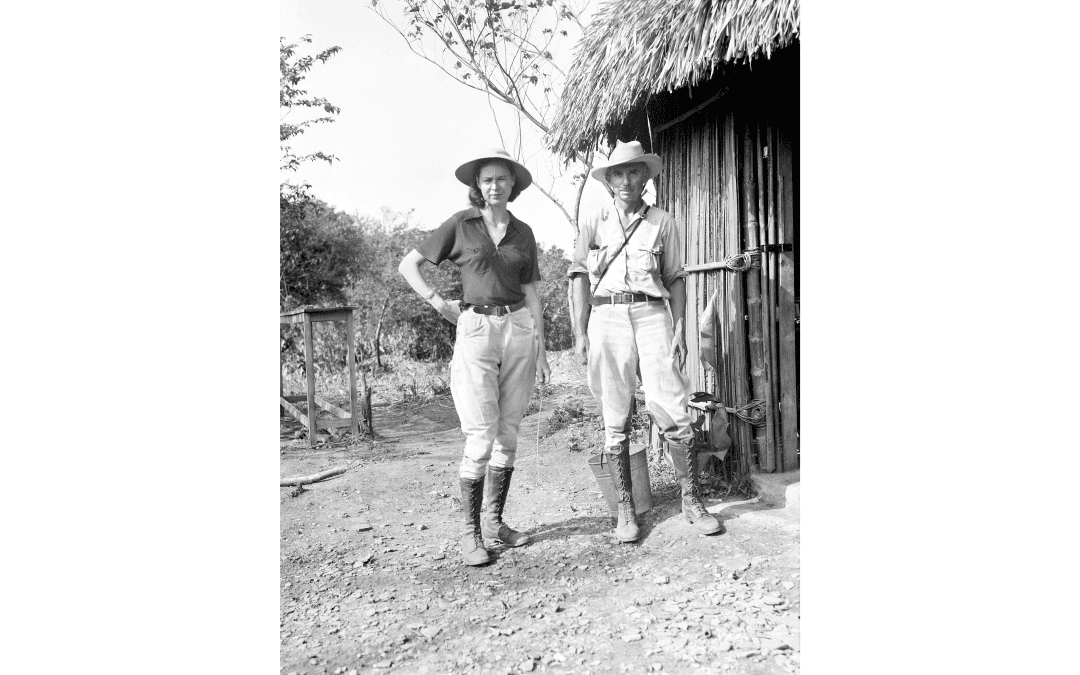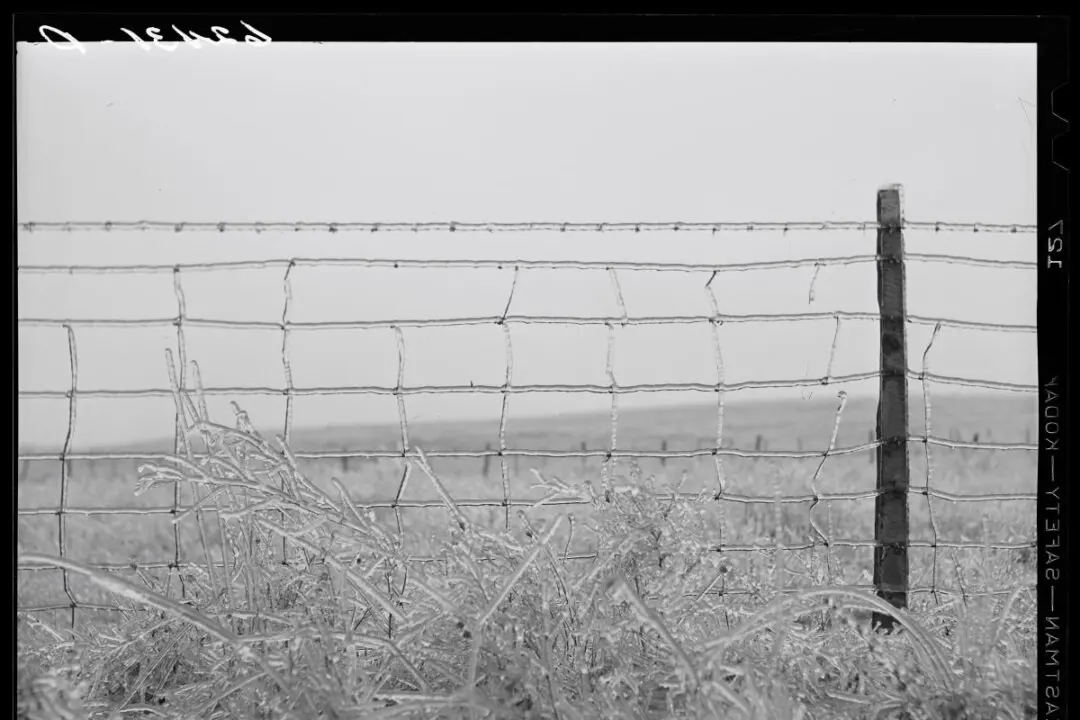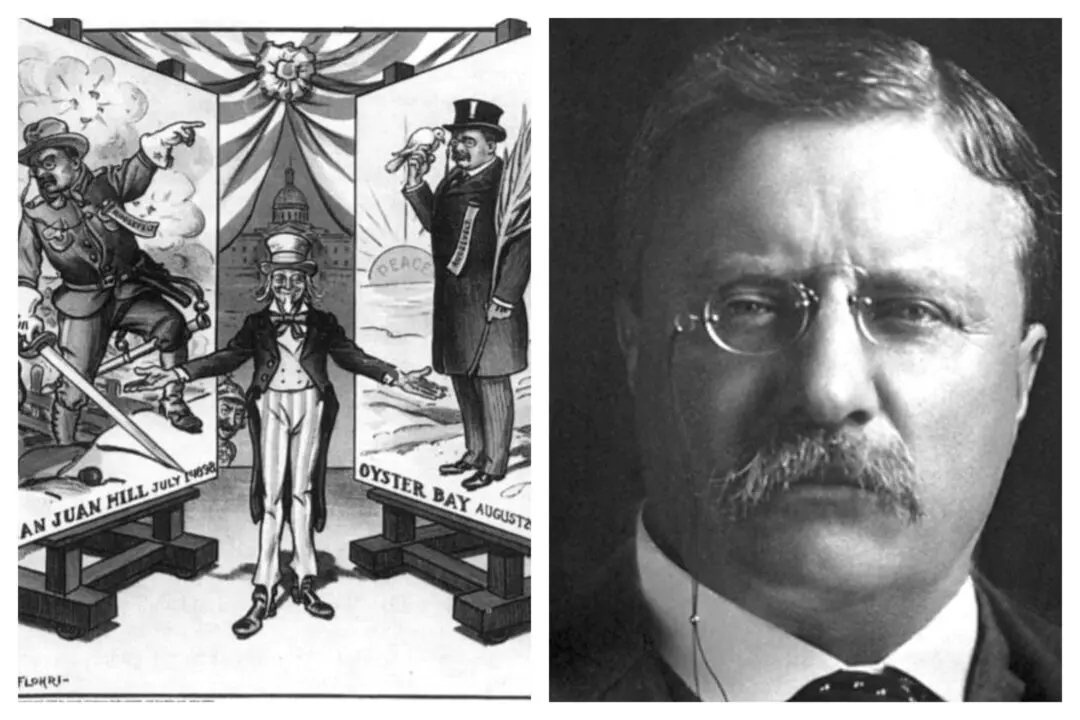Matthew W. Stirling (1896–1975) was born in California’s Salinas Valley, where his father was a manager for the Southern Pacific Milling Co., which had milling and quarrying operations throughout the state’s central coast. The young Stirling had an early fascination with archaeology from finding common artifacts, like arrowheads, on his grandfather’s ranch near Salinas. It was a fascination he would cultivate the rest of his life.
He attended the University of California, earning his bachelors degree in 1920. The following year, he ventured from California across the country to Washington to attend George Washington University, graduating in 1922 with a master’s degree. It was also here and in 1921 that Stirling began his very long affiliation with the Smithsonian Institution.






